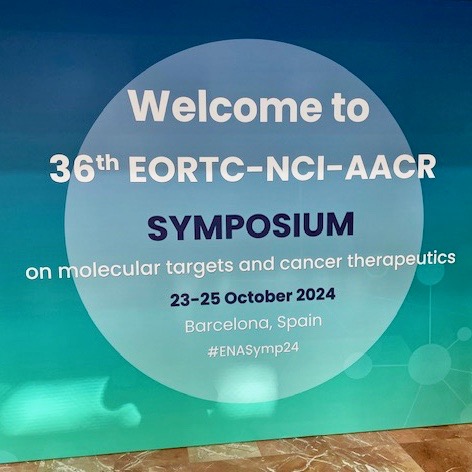ASH24 Preview 1 – Captivating CAR-T cell Developments

Time for some new directions?
The CAR-T cell field continue to develop apace with plenty of novel ideas and constructs coming down the pike, especially on the hematologic malignancies front.
It’s like the cycle of life – as some products fall by the wayside, so a raft of others emerge to replace them.
As we think ahead to the annual meeting for the American Society of Hematology (ASH) in San Diego next month, it’s time to showcase the work of a number of up and coming researchers and companies as well as the established ones.
What’s hot this year? It turns out there’s quite a lot to watch out for…
To continue reading our latest highlights on oncology new product development including commentary and analysis BSB subscribers can log-in or you can click to access the content.
This content is restricted to subscribers










